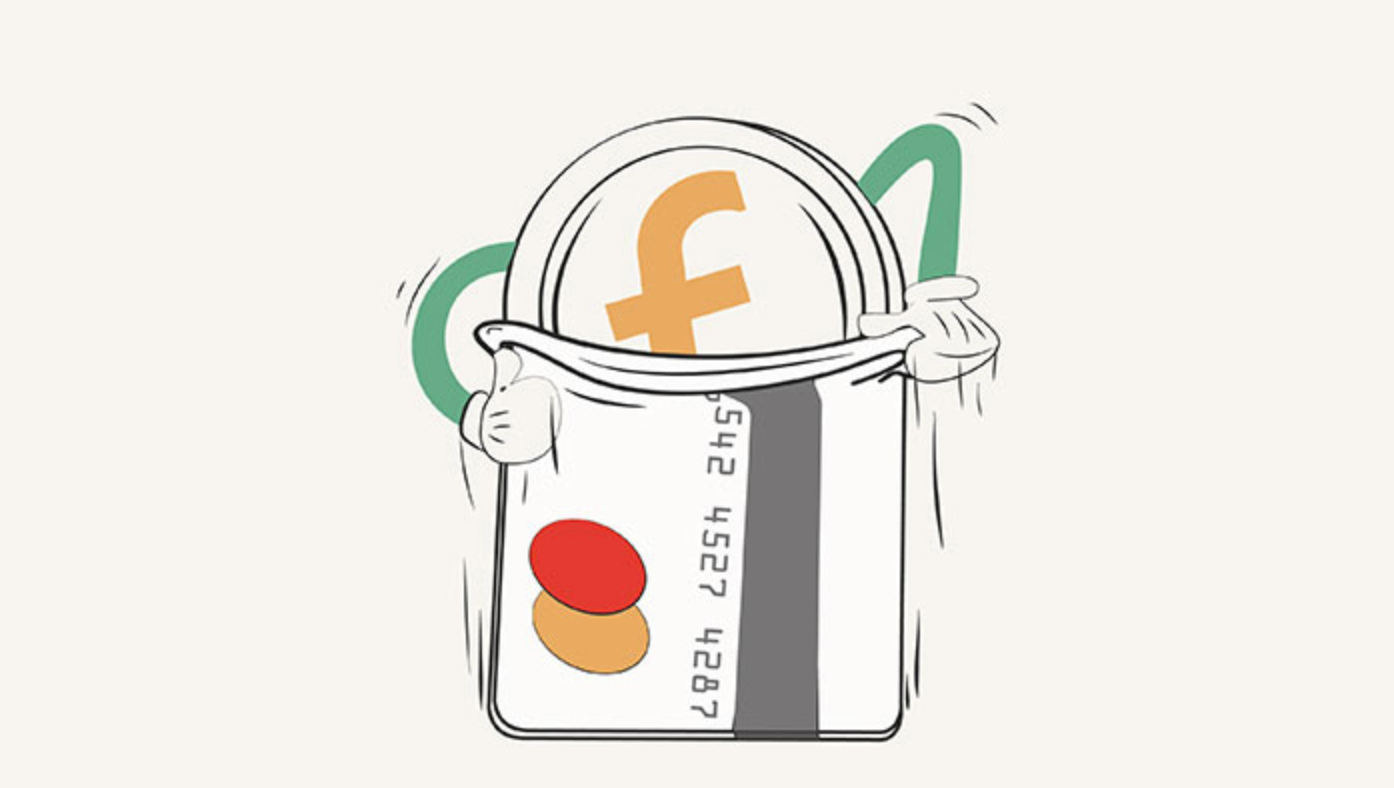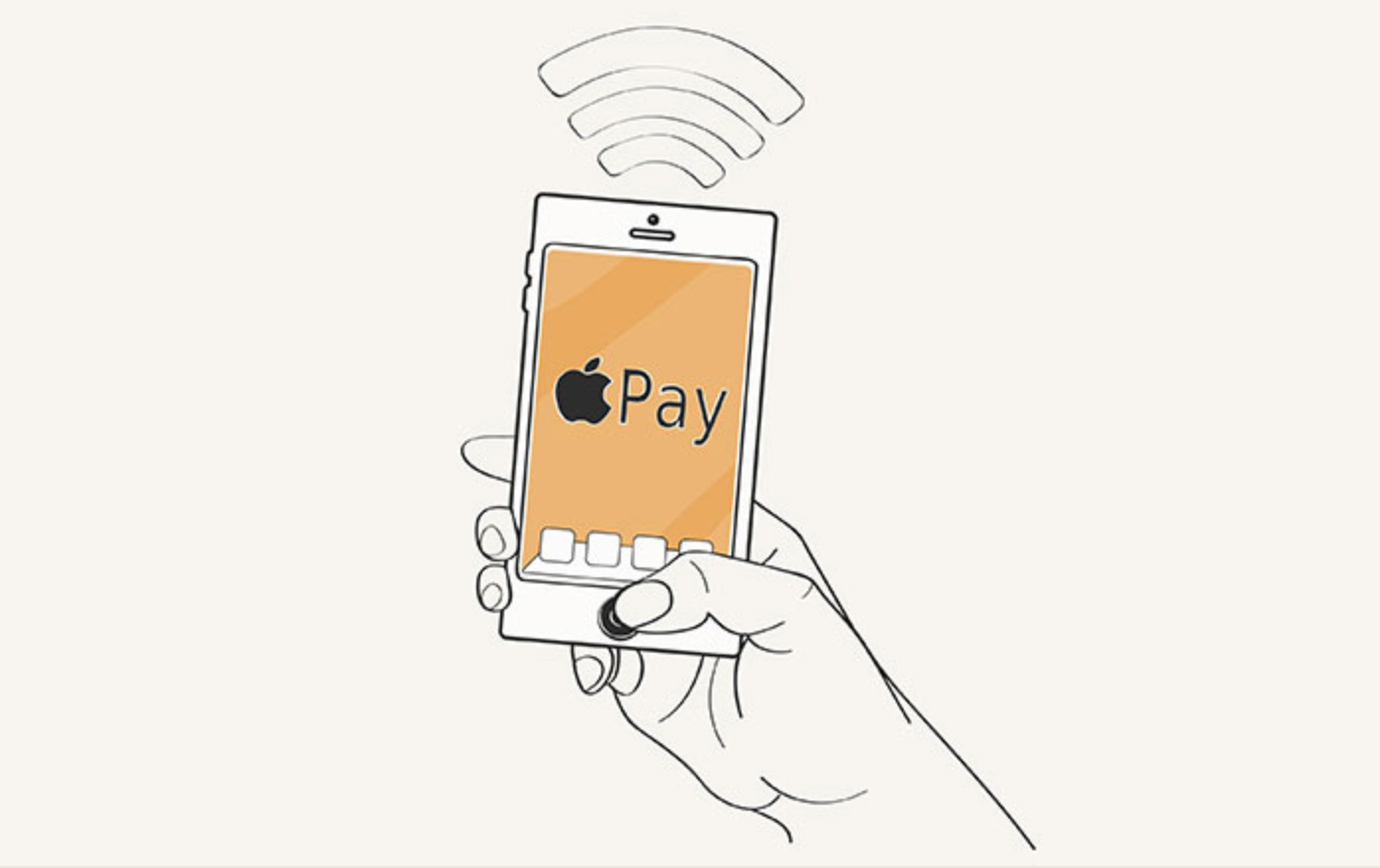Ditching the coinage; digitising your wallet – the future of charitable giving
Remember being a kid? When 50p seemed like a fortune, penny sweets were all the rage and a Freddo used to cost 5p. As we grew we gained more money and more coins, until our wallets filled with an assortment of metal coins jingling and jangling about.
Such things never last though, and slowly through the decades those coins have become fewer and fewer, not because we’re spending more of it on chocolate, but because our physical money has given way to an increasing number of plastic cards.
This change from copper to card is reflective of our spending habits as a whole. While it used to be that everyone would nip down to their local cornerstore for a snack, we now just order off Amazon and get it delivered direct to our mouths. The ease and convenience of the internet has made us complacent and lazy. Digging around in our wallet to find 72 pence for a Creme Egg feels like a tedious chore, compared to Amazon’s one-click checkout or PayPal’s smooth as Dairy Milk payments.

The writing is on the wall
The innovation of the internet is slowly seeping into our offline shopping too. More and more tech companies are trying to empty your pockets, replacing your wallet with a digital alternative. The writing is on the wall – soon our coins will be replaced. So say peace to your pennies, farewell to your fifties and get ready to welcome our new digital wallets.
Nowadays we’re all used to using chip and pin cards, sliding our cards into the reader at the checkout and typing in a few digits to get our groceries. These have already paved the way for the coin exodus, but there are a new host of options that are going to speed up the process. Newer chip and pin cards are fitted with contactless technologies which require users to just press their card against a reader to pay, instead of having to faff about with numbers and nonsense.
PayPal have gone one step further and made it so you don’t even need your wallet on you at all, as long as you have your phone and the PayPal app you can use NFC technology and pay with your phone before your pasty gets cold.
These two technologies have been bubbling away for quite a while, but have yet to mark the moment we say goodbye to coins. The big boys are starting to make a move though.
Samsung and Google have been making deals to secure companies who are innovating with digital wallets, and Apple appears to be gearing up to bring it’s Apple Pay services to the UK to coincide with the iWatch. When that Apple drops, it’s going to have more impact on our way of paying for things than the one that fell on Newton’s head had on science.

Exact change needed
Slowly we’re seeing the world gear itself up to a future without coins. Oyster cards and electronic bus passes have become the norm, self-checkout machines seem to outnumber human cashiers. But what will this mean for charities and social giving?
Well, to answer that, let’s think where our coins go. Mostly on small goods, in savings jars, between couch cushions and to charity tins. As coins are phased out, the humble charity boxes will find itself less and less useful. It’s hard to imagine a world without the iconic charity tins, but it’s a future we are facing. More and more we find ourselves fumbling around in our pockets for change and find ourselves coming up empty because we genuinely don’t have anything except pieces of plastic.
It’s a bit alarming to hear that those small impulsive donations may be under threat. In fact, at least in terms of charitable giving it seems like digital wallets may be a bad thing. That’s not the case though. In fact, with a bit of foresight, planning and innovation, they may become the most valuable asset you have. Research has found that people are likely to part with 30% more money when using contactless cards, due to the ease of use.
Charities have already begun to take advantage of this. In early 2015 Cancer Research UK fitted four of their shop windows across the UK with contactless technology. All people needed to do to was tap their contactless card on the window to donate £2 to the charity. This not only tapped into people’s impulsiveness, but whenever a donation happened a screen flashed up saying thanks, so it also gave instant gratification to the donor.
Ideas like this are going to become more common in the future. New ways of utilising the technology are going to become standard. In a few years, donation booths may become a staple of our high streets, where people simply walk in and swipe their card to donate to a cause. We might be donating to Red Nose day by holding our phones up to our televisions or by pressing our mobiles to adverts.
All of this might sound like a sci-fi future, but with the technology we have, it’s all possible today. New technology is always met with the same response – people can’t imagine the possibilities. Take, for instance, Twitter or the iPhone, few thought either would ever catch on, but today it’s clear to see the impact that they have on our society. Digital wallets are just the same, while today we can’t see how they will exist, tomorrow they will be the standard, and the day after we won’t know how we ever lived without them.
So don’t be the last ones to put your hands in your pocket and invest into digital wallets.
Not done learning?
-

Digital fundraising for small charities (in a hurry)
I’ve put together this handbook amidst the Coronavirus crisis to cover some of the topics of digital fundraising... in a hurry.
Find out more
-

5 digital swap outs to replace your cancelled fundraising events
56% of donors regularly attend fundraising events. But many charities are now cancelling these events due to distancing guidelines and are accepting the loss in income. But you don’t have to. You can let these events run - and even plan additional events - if you get creative. It makes sense. If you’ve already done the legwork running up to the event, why waste the work?
Find out more
-

5 ways to improve online donations
Digital has provided charities with a whole new way to spread the word about their causes. But very few charities have a seamless and convincing online donations process. How can you optimise your potential donor's online giving experience, and receive more donations as a result?
Find out more



